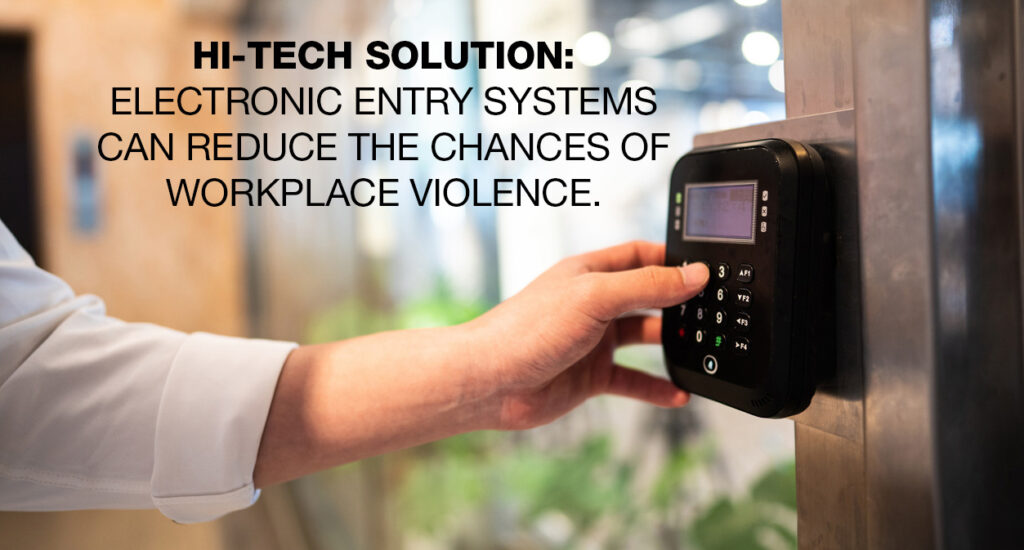
CAL/OSHA has proposed new regulations that would incorporate California’s new workplace violence prevention law — which took effect July 1 — into Title 8, the set of regulations that covers workplace safety in the Golden State.
However, the proposed rules add a number of new requirements that some safety observers say would be unworkable in many workplaces and may create burdensome new standards for employers to follow. Here’s how the new rules add to those requirements.
Workplace Controls
The proposed regulations list acceptable procedures and rules that can be used to effectively reduce workplace violence hazards:
- Appropriate staffing levels
- Hiring dedicated security personnel
- Effective means to alert employees of the presence, location, and nature of a security threat
- Control of visitor entry
Engineering Controls
Suggestions for preventing violence include:
- Electronic or mechanical access controls to employee areas
- Weapon detectors (installed or handheld)
- Enclosed workstations with shatter-resistant glass
- Deep service counters
- Spaces configured to optimize employee access to exits, escape routes, and alarms
- Separate rooms or areas for high-risk persons
- Locks on doors
- Affixing furniture to the floor
- Opaque glass windows (which can protect privacy, but allow employees to see where potential risks are)
- Improving lighting in dark areas, sight-aids, enhancing visibility and removing sight barriers
- Video monitoring and recording
- Personal and workplace alarms
Workers Most at Risk
The proposed rules list situations or locations that have a higher risk of workplace violence. These include:
- Employees working alone or in locations isolated from other staff
- Areas with poor illumination or blocked visibility
- Work locations that lack effective escape routes
- The presence of money or valuable items
- Frequent or regular contact with the public
- Working late at night or early morning
- Selling alcohol, marijuana, or pharmaceutical drugs
Response Procedures
The draft rules outline steps employers can take when responding to and then investigating a case of workplace violence, post-incident:
- Provide immediate medical care or first aid to workers who have been injured in the incident
- Identify employees involved in the incident
- For employers with more than 25 employees, make available individual trauma counseling to those staff affected by the incident
- Conduct a post-incident debriefing as soon as possible after the incident with employees and supervisors involved
- Identify hazards that may have contributed to the incident
- Evaluate whether appropriate corrective measures from the workplace violence prevention plan were effectively implemented
- Solicit opinions from employees involved in the incident about the cause and what could have prevented it
The Takeaway
The proposed rules are just the first step. They still have to go through a public comment period and the Division of Occupational Safety and Health, which writes new regulations. However, the rules have already received plenty of pushback from employers.
